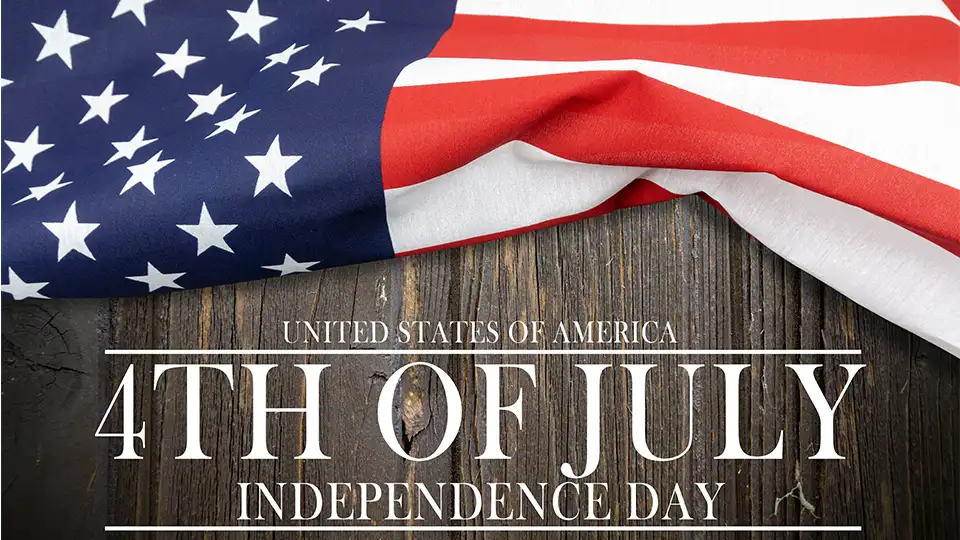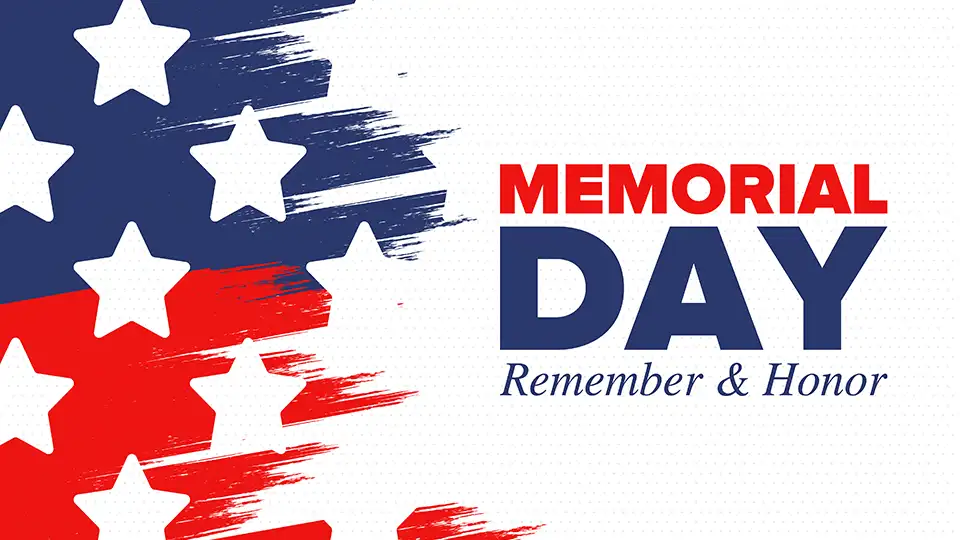One of the most iconic American traditions is Thanksgiving, celebrated on the fourth Thursday of November. This holiday has its roots in the early 17th century when Pilgrims and Native Americans came together to share a feast, expressing gratitude for the bountiful harvest. Today, families gather for a festive meal, often featuring roast turkey, stuffing, cranberry sauce, and pumpkin pie.
On the Fourth of July, Americans commemorate the Declaration of Independence with parades, fireworks, and barbecues. This day symbolizes freedom, patriotism, and the birth of the nation. Firework displays illuminate the night sky, and the Stars and Stripes proudly wave in celebration.

The Super Bowl, the championship game of the National Football League (NFL), has become more than just a sporting event; it is a cultural phenomenon. Held annually on the first Sunday in February, Super Bowl Sunday brings together millions of Americans to watch the game, enjoy halftime performances, and indulge in snacks and commercials.
Halloween is a widely celebrated holiday in the United States, observed on October 31st each year. It has evolved into a festive and spooky occasion marked by various traditions and activities. The origins of Halloween are rooted in ancient Celtic and Christian traditions, but the contemporary celebration is a vibrant mix of cultural influences.
Key aspects of Halloween include:
Historical Origins: Halloween's roots can be traced back to the Celtic festival of Samhain, which marked the end of the harvest season and the beginning of winter. The Celts believed that during this time, the boundary between the living and the dead was thin, allowing spirits to roam the earth. Over time, Christian traditions, such as All Saints' Day and All Souls' Day, became intertwined with the Celtic festival.
Costumes and Dressing Up: One of the most prominent features of Halloween is the tradition of dressing up in costumes. People of all ages, from children to adults, don costumes ranging from spooky creatures and monsters to fictional characters and superheroes. This tradition is rooted in the belief that disguising oneself would ward off evil spirits.
Trick-or-Treating: Trick-or-treating is a beloved Halloween activity where children, often accompanied by parents, go door-to-door in their neighborhoods, dressed in costumes, and collect candy or other treats. The phrase "trick or treat" implies that, if a treat is not given, a harmless prank may be played.
Jack-O'-Lanterns: Carving pumpkins into Jack-O'-Lanterns is another iconic Halloween tradition. Originally based on an Irish folktale about a man named Jack, these carved pumpkins are often illuminated with candles and placed on doorsteps or windowsills to ward off evil spirits.
Haunted Houses and Attractions: Halloween enthusiasts often seek out haunted houses and attractions that offer spooky and thrilling experiences. These may include mazes, haunted trails, and interactive exhibits designed to evoke fear and excitement.
Halloween Parties and Events: Many people celebrate Halloween by hosting or attending costume parties. These gatherings often feature festive decorations, music, and games, creating a lively and enjoyable atmosphere. Some communities also organize large-scale events, parades, and festivals.
Cultural Influence: Halloween has become a cultural phenomenon, with its influence extending beyond the United States. It is celebrated in various forms in many countries around the world, and its imagery and traditions are often featured in popular media, including movies and television shows.
In summary, Halloween is a fun and festive holiday that combines ancient traditions with modern customs. It provides an opportunity for people of all ages to express creativity through costumes, enjoy sweet treats, and partake in a variety of spooky and entertaining activities, making it a widely embraced and cherished celebration in American culture.
Honoring the men and women who have served in the United States Armed Forces, Veterans Day is observed on November 11th. Parades, ceremonies, and moments of reflection pay tribute to the sacrifices made by military personnel. It is a day to express gratitude for the freedom and security they have provided.

Memorial Day is a significant American holiday observed on the last Monday of May each year. Its primary purpose is to honor and remember the men and women of the United States Armed Forces who have died in military service. This day holds deep historical and cultural significance, serving as a time for reflection, remembrance, and gratitude for the sacrifices made to protect the nation's freedom.
Key aspects of Memorial Day include:
Origins and History: Memorial Day, originally known as Decoration Day, originated in the aftermath of the American Civil War. The first widely recognized observance took place on May 30, 1868, when flowers were placed on the graves of Union and Confederate soldiers at Arlington National Cemetery. Over time, the holiday evolved to honor all American military personnel who have died in service.
Traditions and Observances: On Memorial Day, various traditions and observances are carried out across the country. Many people visit cemeteries and memorials to pay their respects by placing flowers, flags, or other tokens on the graves of fallen soldiers. Parades, memorial services, and religious ceremonies are organized in communities nationwide.
National Moment of Remembrance: The National Moment of Remembrance, established by Congress, encourages all Americans to observe a moment of silence at 3:00 p.m. local time on Memorial Day. This collective pause serves as a unifying moment to honor and remember the sacrifices of the fallen.
Flags and Patriotism: Displaying the American flag at half-staff until noon and then raising it to full-staff is a common tradition on Memorial Day. Many people also participate in patriotic activities, such as attending flag-raising ceremonies, reciting the Pledge of Allegiance, and participating in community events that express national pride.
Community Events: Communities often organize Memorial Day parades featuring military units, veterans' organizations, and marching bands. These events provide an opportunity for the community to come together, express gratitude, and show support for veterans and active-duty military members.
Unofficial Start of Summer: While Memorial Day is a solemn occasion, it also marks the unofficial start of the summer season in the United States. Many people take advantage of the long weekend to spend time with family and friends, enjoying outdoor activities and barbecues.
In summary, Memorial Day is a solemn and meaningful occasion dedicated to honoring the brave individuals who have made the ultimate sacrifice for their country. It serves as a reminder of the profound impact of war and the importance of remembering and appreciating the contributions of those who have given their lives in service to the
The American national traditions are as diverse as the people who make up the nation. From historic celebrations like Thanksgiving and Independence Day to modern phenomena like the Super Bowl, these traditions form a cultural mosaic that binds the country together. As the United States continues to evolve, so too will its traditions, reflecting the ongoing tapestry of diversity that is a defining feature of American identity.